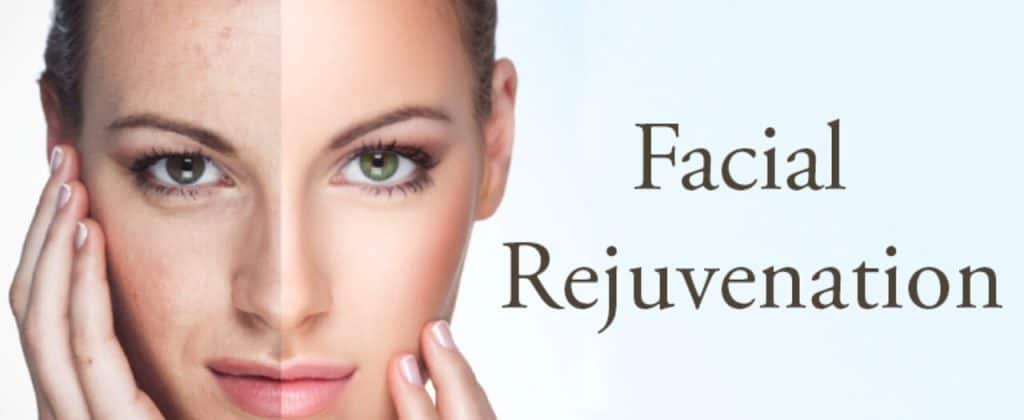Your face falls among the essential body parts, meaning you must do your best to take care of it. It’s the first thing that people see when they meet you. The demand for facial rejuvenation surgery has skyrocketed over the last few years. However, some go into it without gathering all the necessary information about the procedure. This article dives deeper into facial rejuvenation surgery and everything you should know about the subject. Ensure you read the information below keenly to get the whole picture of what the procedure is, its benefits, the risks, and the recovery period.
What is Face Rejuvenation Surgery?
Also known as face lifting, this is a procedure you can get to lift and tighten sagging skin on your face and neck. Dr. Joel Aronowitz understands this operation well to guarantee the best results. The surgeon conducts face rejuvenation from an operating room, but they must ensure the patient is under general anesthesia for pain reduction.
Anesthesia is essential because the surgeon may need to make small incisions on your face, for instance, near the earlobes. The following steps after the incisions could be lifting and pulling back loose neck and face skin and connective tissue to remove excess skin before mending the cuts. Some of the issues you can solve with this procedure include mid-face drooping, double chins, loose neck and face skin, and marionette lines between the mouth and nose.
The Benefits
Generally, the top benefits of getting a facelift are increased skin confidence and making others see you as more youthful and attractive. Professionals have confirmed that everyone wants to reflect their inner feelings on the outside and know that others have positive thoughts toward them. Facial rejuvenation has helped many people, especially women and ladies, to appear younger than their ages, successful, and healthier.
The Risks
A facial rejuvenation surgery is like any other medical operation because it has drawbacks and risks. Even so, this doesn’t mean everyone experiences everything that this section explains. First, the general anesthesia that surgeons use may adversely affect some patients, especially seniors and those with underlying health conditions, such as obesity and diabetes.
Secondly, some patients may over bleed from the doctor’s incisions on their faces and necks. Smokers, alcoholics, and people using anti-clotting drugs like warfarin face this risk when undergoing a facelift. Some human health professionals advise you to opt for local anesthesia, which only numbs the area the surgeon is operating on, instead of the general anesthesia that flows throughout the body.
What is the Recovery Period?
Recovering from facial rejuvenation surgery isn’t complex, but the time varies from one patient to another. One of the wrong notions among most people is that it takes six months to recover fully after such a procedure. The truth is that the recovery period can range between 10 and 14 days for most patients.
Finding appropriate information about a medical operation is essential, considering your health and life are at stake. Simple mistakes and inadequate details about face rejuvenation have led to regrets among several patients globally. The information above explains everything about this procedure to open your mind before entering the operating room.
